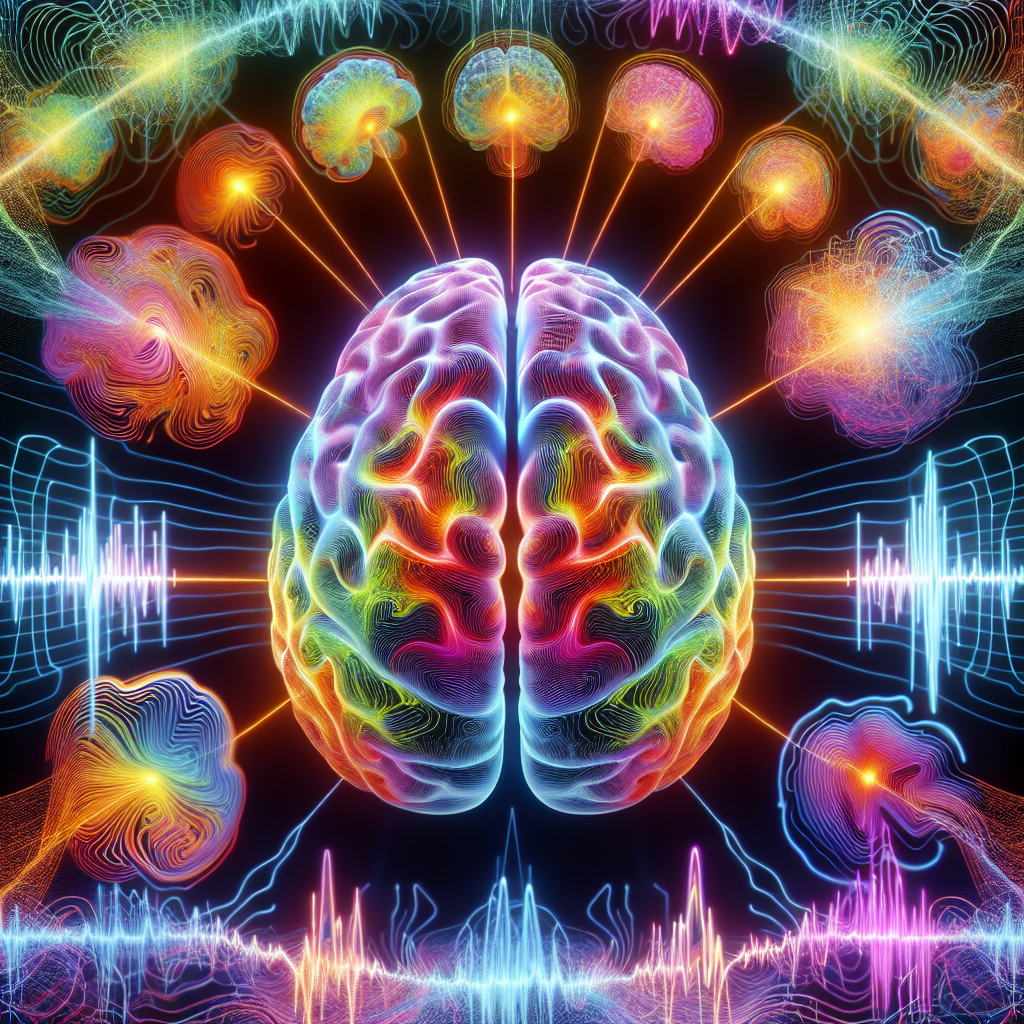Unique Brain Patterns in Blind Individuals Could Guide Vision Restoration
Researchers discovered that the visual cortices in people born blind develop unique, stable patterns unlike those in sighted individuals. This 'fingerprint-like' connectivity could help identify individuals and may be valuable for restoring vision. The study used functional MRI scans over two years to analyze these patterns.

Researchers have uncovered that the visual cortices in individuals born blind develop unique and stable patterns, resembling individual fingerprints, significantly different from those found in sighted individuals. Unlike their sighted counterparts, where brain connectivity remained fairly consistent, the blind displayed more varied changes, allowing individual identification through these patterns.
The study, published in the Proceedings of the National Academy of Sciences (PNAS), involved a small group of blind individuals who underwent repeated functional MRI scans over two years. The results exhibited remarkable stability in their connectivity patterns over time, unaffected by different tasks such as localizing sounds or identifying shapes.
These findings suggest that life experiences, particularly the lack of visual input, shape distinct brain development in blind individuals. This neuroplasticity highlights the brain's ability to reorganize, potentially guiding personalized solutions for restoring vision. Researchers emphasize that the unique connectivity patterns could be pivotal in tailoring visual restoration strategies for the blind.
(With inputs from agencies.)
ALSO READ
India and Ethiopia are natural partners in regional peace, security and connectivity: PM Modi.
Accelerating Highway Construction for Connectivity in Arunachal Pradesh
Revolutionizing Odisha's Connectivity and Education: CM Majhi's Ambitious Plans
Aviation Woes: Connectivity Concerns in Kolkata and Himachal Pradesh
China Eastern Airlines Expands Delhi-Shanghai Flights to Boost Connectivity










